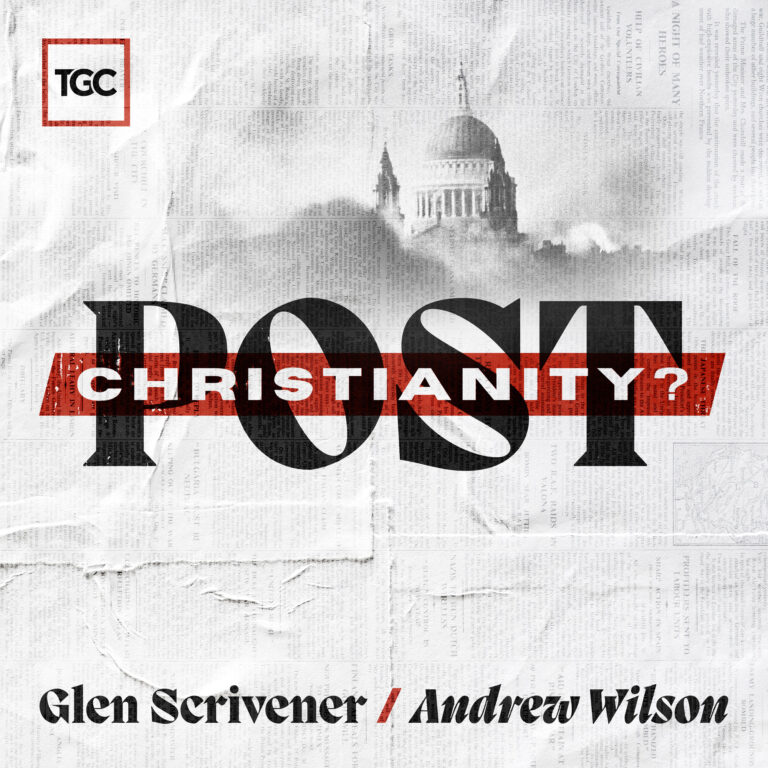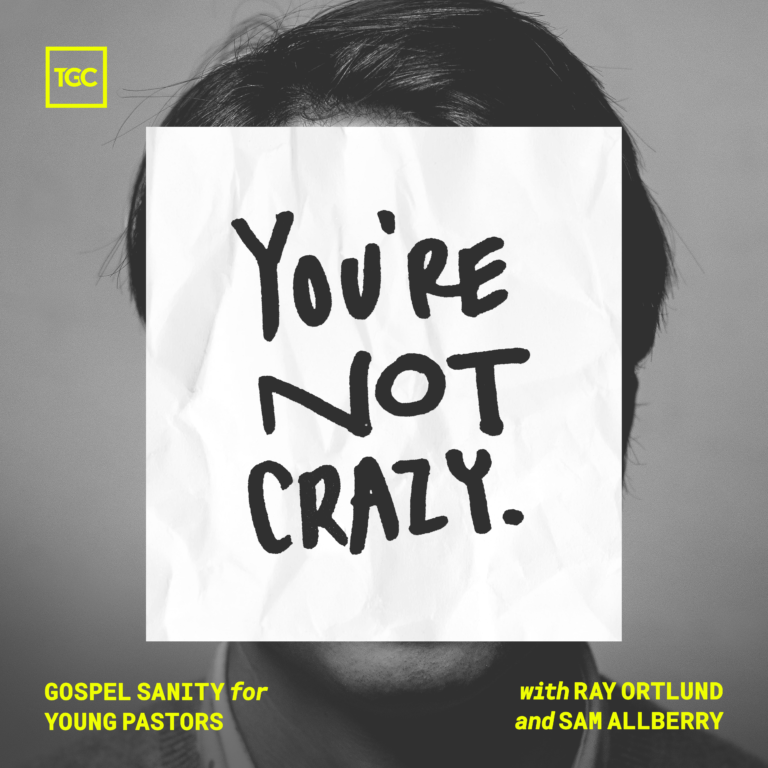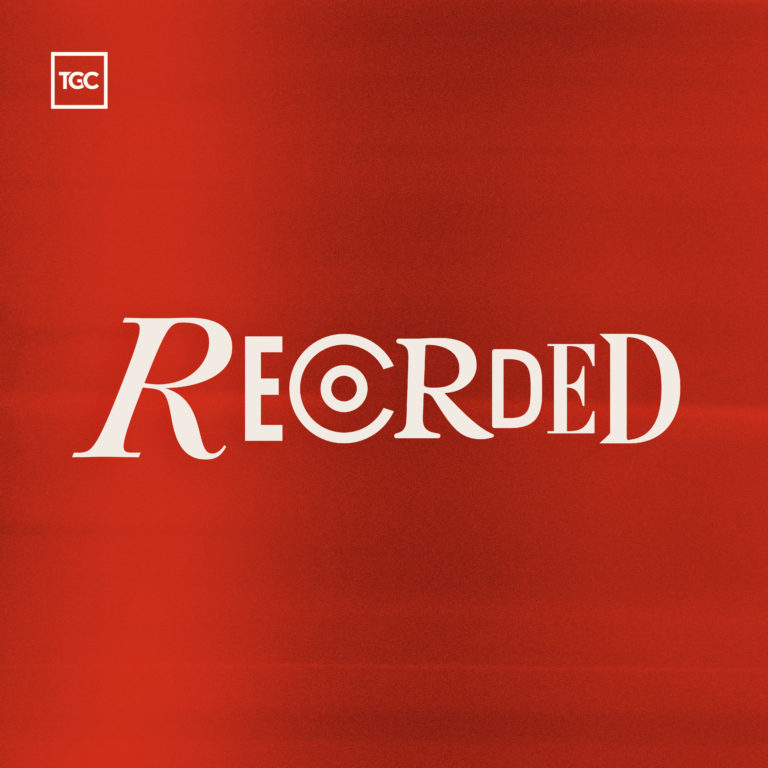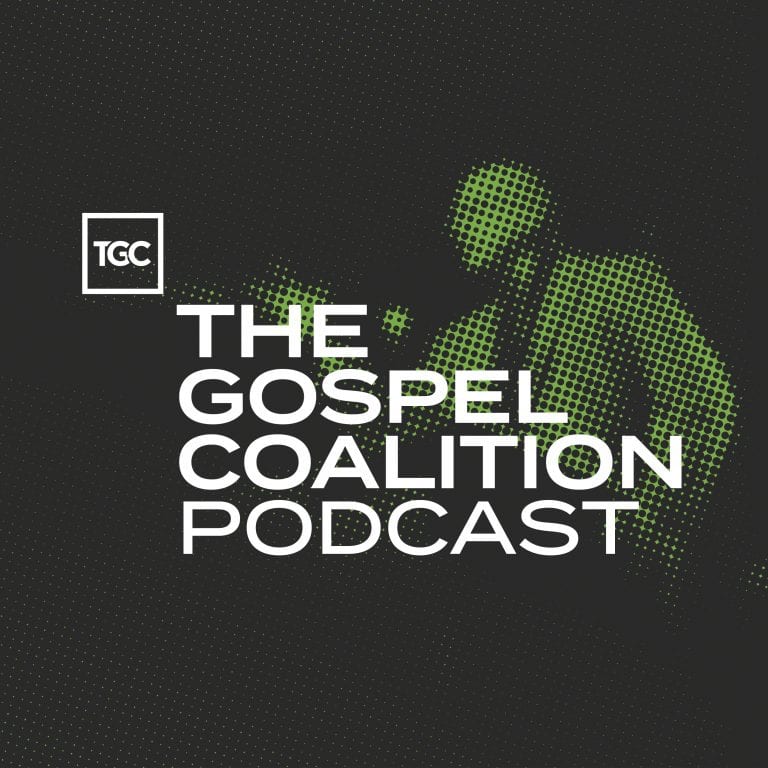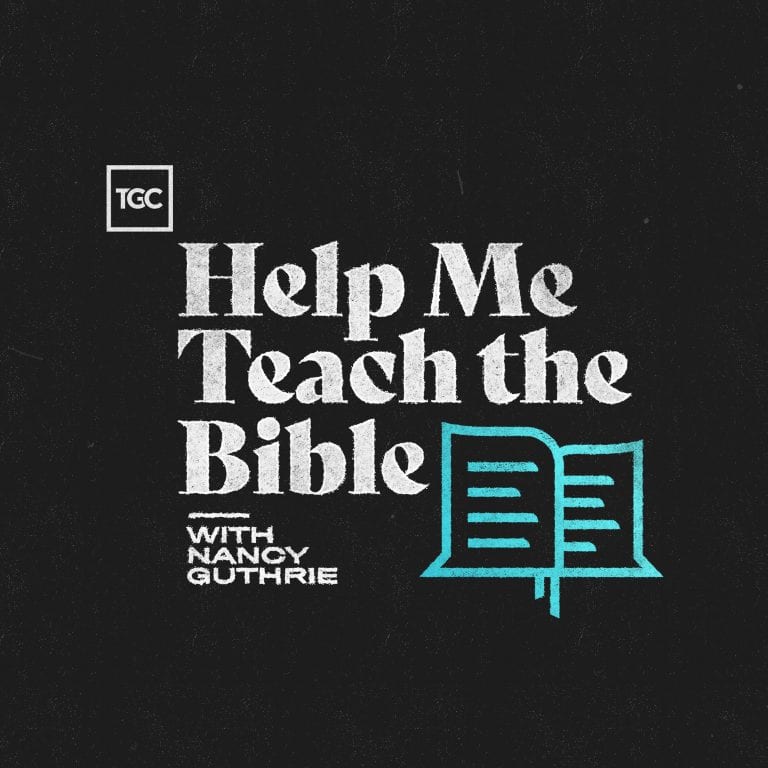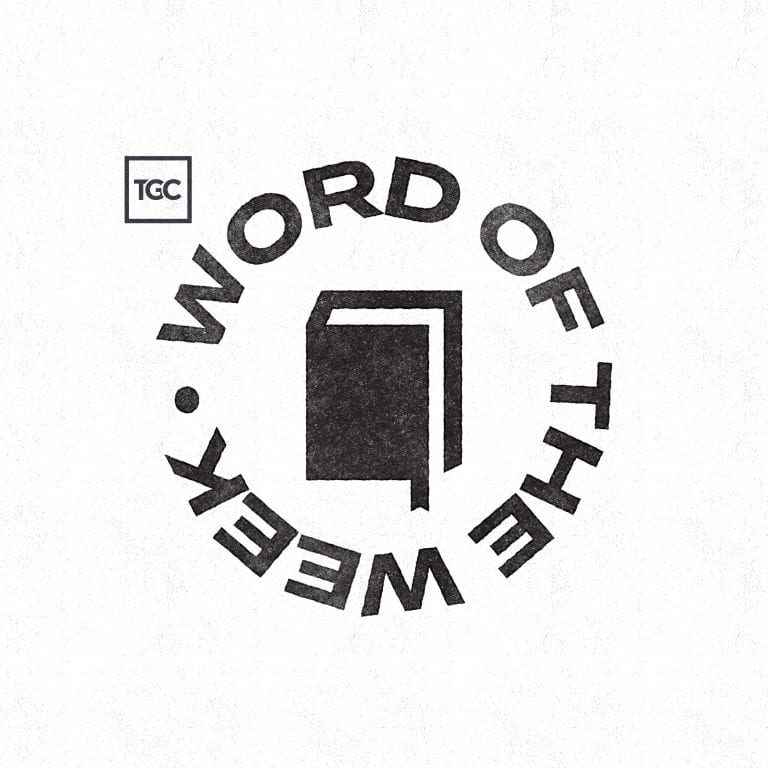I’ve often felt slightly guilty about my disinterest in devotionals. Devotionals can feel like forced therapy sessions, asking How does this make you feel? over and over again, as if the pristine covers of doves with olive branches and footprints in the sand want to know. It’s not surprising, then, that C. S. Lewis’s confession resonates with me:
For my own part, I tend to find the doctrinal books often more helpful in devotion than the devotional books. . . . I believe that many who find that “nothing happens” when they sit down, or kneel down, to a book of devotion, would find that the heart sings unbidden while they are working their way through a tough bit of theology with a pipe in their teeth and a pencil in their hand.
While I believe Lewis touches on something significant here, it’s important to admit that theology can live in the abstract. In seminary, you must learn and memorize theology for your exams; some use theology to “win” debates (in person or online); and still others use theology because they have to—it’s a part of their job. Clever creatures as we are, we can use theology in ways that ensure it never looks us square in the face and asks anything of us.
It’s rare, then, to find a devotional that is theologically and doctrinally rich, and also serves as a painfully honest look in the mirror. But I believe Paul Tripp has accomplished just this in My Heart Cries Out: Gospel Meditations for Everyday Life.
According to Tripp, the book is made up of “notes from [his] journey through the struggle of God’s amazing grace” (8). The meditations play out as poems and other forms of verse, wrestling “between the ‘already’ of our conversion and the ‘not yet’ of our home-going” (8). This is reflected not only in Tripp’s writing but also in the stunning and thematic photography of Tim Kellner, which is “meant to reflect the content and themes contained within the poetry” (246).

My Heart Cries Out: Gospel Meditations for Everyday Life
Paul Tripp
Best-selling author Paul David Tripp invites you into his personal reflections on his experience of God’s ever-present grace through the ups and downs of his life. He shares his celebrations, disappointments, cries for help, confessions, and confusions in the form of 120 meditations that were written over many years through various joys and struggles.
Vulnerable yet pastoral and wise, these meditations in the form of verse showcase how God’s amazing grace intersects with the mundane, unexpected, messy, and beautiful moments of everyday life.
Cross-Shaped Life
My Heart Cries Out isn’t a self-help book, nor is it meant to be a book where Tripp—an author, conference speaker, and president of Paul Tripp Ministries—seeks to impart proverbial wisdom and advice. Tripp’s purpose for the book is contained within its title; he merely gives the reader permission to cry out—to give vent to the laments and expressions that come with simultaneously being saints and sinners.
Rather than embracing a kind of triumphalistic Christianity that litters the market of Christian devotionals, Tripp’s meditations embody a pilgrim theology:
Light battles with darkness
Impatience cripples perseverance.
Autonomy grapples with surrender.
Lies work to silence truth.
Such is life between “the already” and “the not yet.” (174)
In this vein, the work reflects what Martin Luther called a “theology of the cross.” Luther’s theology implores us to realize that we can only see God in the lowliness in which he chose to reveal himself—as the Suffering Servant. Luther’s point is that we can’t sidestep the cross—whether through rigorous piety or theological prowess—and expect to get the glory. Throughout the book, Tripp shows us how to embrace the hard truth that the way to glory is through the cross.
The poetic arcs usually begin with the offense of one’s sin; then they turn to the offensiveness of the gospel and how it cripples our pride. Finally, the poems often end with the realization that the pain of the cross is always followed by resurrection. For wary pilgrims, there is hope to be had, peace to enjoy, and joy to realize. But only through the cross.
Redemption Language
The poignancy of these meditations come not from sheer vulnerability alone, but from their application of the story of redemption. Without allegorizing Scripture, Tripp sees the implications that biblical stories and theological truths have in our everyday lives. He prays:
[The world] mock[s] your existence. They scoff at your boundaries. . . . It makes me tired to think about it, and it does make my obedience seem like a waste. . . .[W]hen I am weary and my heart is about to fail and my reserves of strength are gone, please help me to remember that they have ease and riches, but I have you. (38–39)
The book’s thematic verse is no doubt its greatest strength; at times, however, it is also its greatest weakness. In The Rejection of Rejection, the dramatic poetry gets the best of itself as it tries to emphasize the costliness of the atonement: “The Trinity torn asunder . . . the three in one was torn in two” (37). Of course, the eternal triune God never fragmented, but the dramatized verse can lend itself to that implication. At times the poetry can even make the Christian life sound bleak and ascetic, without hope for practical self-improvement.
The meditations ring out most true when they underscore biblical narratives of hope amid failure and light shining in darkness. In these instances Tripp gives us an opportunity to be candid about how it feels to carry our cross and die to ourselves on a daily basis, through the honest examples given to us in Scripture (cf. 107).
Beauty of Orthodoxy
My Heart Cries Out wonderfully helps us realize how honest and vulnerable we can be with a God who fully knows us and yet still loves us—and who promises to sustain us. It helps us realize this by identifying where we want to find our life, but not by losing it (Matt. 10:39); to be glorified with him, but not by sharing in his afflictions (Rom. 8:17); to inherit the earth, but not through meekness (Matt. 5:5). No matter if My Heart Cries Out’s illustrative language slips here and there, it still captures the beauty of orthodoxy in ways we would do well to emulate:
All that he is,
he has forever been and will forever be.
With him there is no growth,
change,
or becoming.
He is security’s foundation,
time’s sovereign.
In a world where everything is
ever-changing,
he is a rock of
secure,
unchanging,
eternal hope. (167)
For this reason, the work is more than commendable; with theology as its muse, it sees the implications within the Christian tradition and effectively applies them. Tripp makes sure to use theology, not only as a way for us to look in the mirror but also as a way to look at and enjoy our Savior: “The theology of Scripture doesn’t have as its final aim to inform you, but to rescue you from you” (124). In this way, he helps to strengthen us and give us resolve as we cry out, Maranatha. Come, Lord Jesus.


























